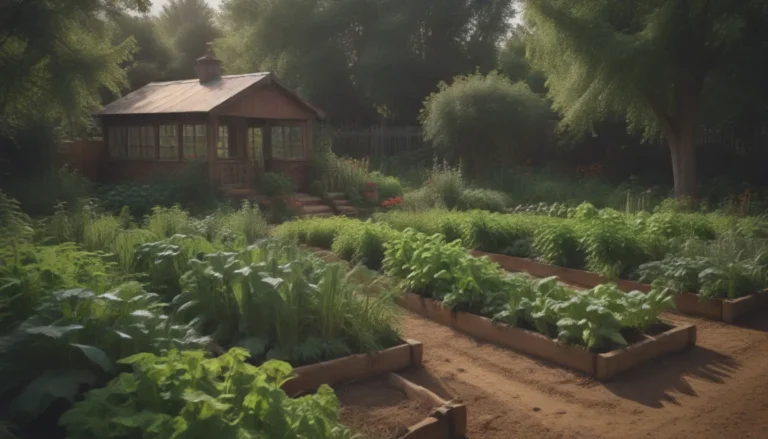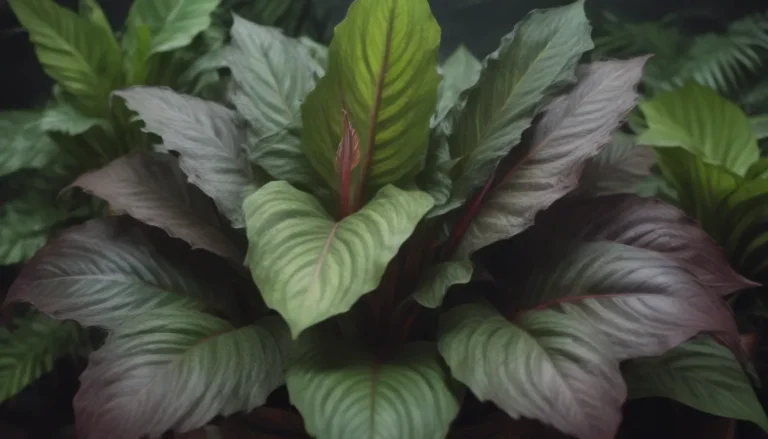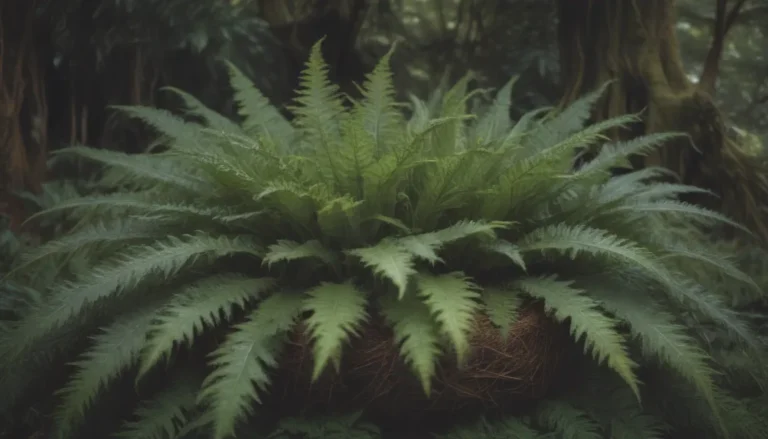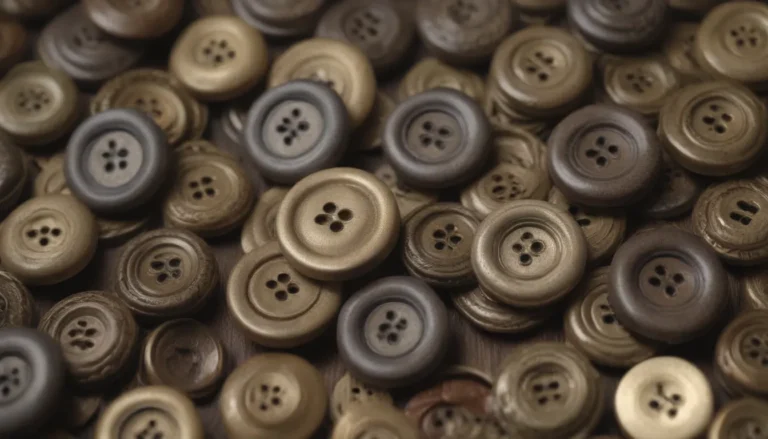How to Grow and Care for Dieffenbachia (Dumb Cane)
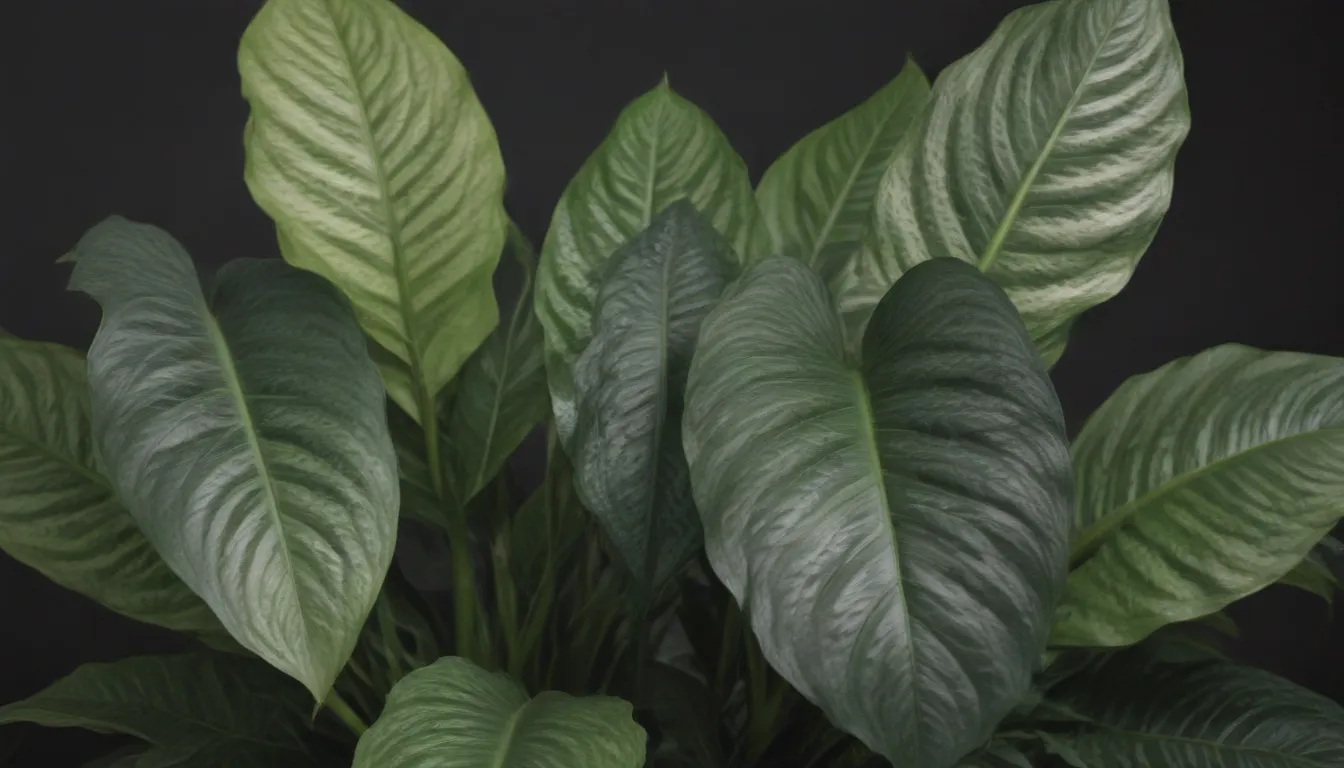
Dieffenbachia, also known as “dumb cane,” is a popular tropical plant that is commonly grown as a houseplant due to its striking appearance and relatively easy care requirements. In this comprehensive guide, we will explore everything you need to know to successfully grow and care for your Dieffenbachia plant. From planting and watering to light requirements and propagation methods, we’ve got you covered.
What is Dieffenbachia?
Dieffenbachia is a genus of tropical perennials that includes several species known for their large, ovate leaves in a variety of shades of green, cream, and white. These plants can grow up to 10 feet tall in ideal conditions, although they are more likely to reach 3 to 5 feet when grown indoors. The name “dumb cane” comes from the plant’s toxic properties that can inhibit speech if ingested, making it important to handle with care around children and pets.
Dieffenbachia Care Tips
When it comes to caring for your Dieffenbachia plant, there are a few key factors to keep in mind to ensure its health and longevity. Here are some essential care tips to help you nurture your plant:
Light
Dieffenbachia plants thrive in bright, indirect sunlight, making them ideal for indoor settings. During the growing season, provide dappled shade or indirect light to prevent leaf scorch. Rotate the plant periodically to promote balanced growth and prevent leaning towards the light source.
Soil
Use a fast-draining, well-aerated potting mix with good drainage to avoid root rot. Ensure that the soil is kept slightly moist but not waterlogged, allowing the top two inches to dry out between waterings.
Watering
During the growing season, water your Dieffenbachia plant regularly to maintain soil moisture. However, be cautious not to overwater, as this can lead to root rot. In the winter, reduce watering frequency to prevent waterlogged soil.
Temperature and Humidity
Maintain a temperature range of 65 to 75 degrees Fahrenheit for optimal growth. Dieffenbachia plants thrive in high humidity environments, making them well-suited for bathrooms or kitchens with naturally humid conditions.
Fertilizer
Feed your Dieffenbachia plant with a balanced, diluted fertilizer every four to six weeks during the growing season. Follow the product label instructions for the correct dosage to avoid overfertilization.
Pruning
Prune your Dieffenbachia plant as needed to maintain its shape and promote new growth. Remove any yellowing or dead leaves to encourage healthy growth and prevent disease.
Propagation
There are several methods for propagating Dieffenbachia plants, including root division, stump propagation, and cane cuttings. Choose the method that works best for you and follow specific instructions for successful propagation.
Potting and Repotting
Monitor your Dieffenbachia plant for signs of stress, such as roots protruding from the soil or crowded growth. Repot your plant annually using fresh soil to provide room for growth and prevent root bound.
Common Pests
While Dieffenbachia plants are generally resistant to pests, they can be susceptible to spider mites in dry conditions. Treat infestations with horticultural oil and increase humidity levels to deter pests.
Types of Dieffenbachia
The Dieffenbachia genus includes a variety of beautiful tropical perennials, with some of the most commonly grown species being D. seguine, D. maculata, and D. amoena. Each species offers unique characteristics and color variations, adding diversity to your indoor plant collection.
How to Get Dieffenbachia to Bloom
Getting your Dieffenbachia plant to bloom can be a challenging but rewarding experience. To encourage flowering, provide optimal growing conditions, including adequate sunlight and fertilization. Outdoor plants in warmer climates may produce sporadic blooms in partial shade with regular fertilization.
Common Problems With Dieffenbachia
Understanding common issues with Dieffenbachia plants is crucial for maintaining their health and vitality. Watch for signs of yellowing leaves, drooping foliage, or nutrient deficiencies, and take appropriate measures to address these problems promptly.
By following these care tips and guidelines, you can enjoy a thriving Dieffenbachia plant that adds beauty and greenery to your indoor space. With proper care and attention, your “dumb cane” will flourish and become a focal point in your home.
Remember to handle your Dieffenbachia plant with care due to its toxic properties, and keep it out of reach of children and pets to ensure everyone’s safety. Happy growing!
